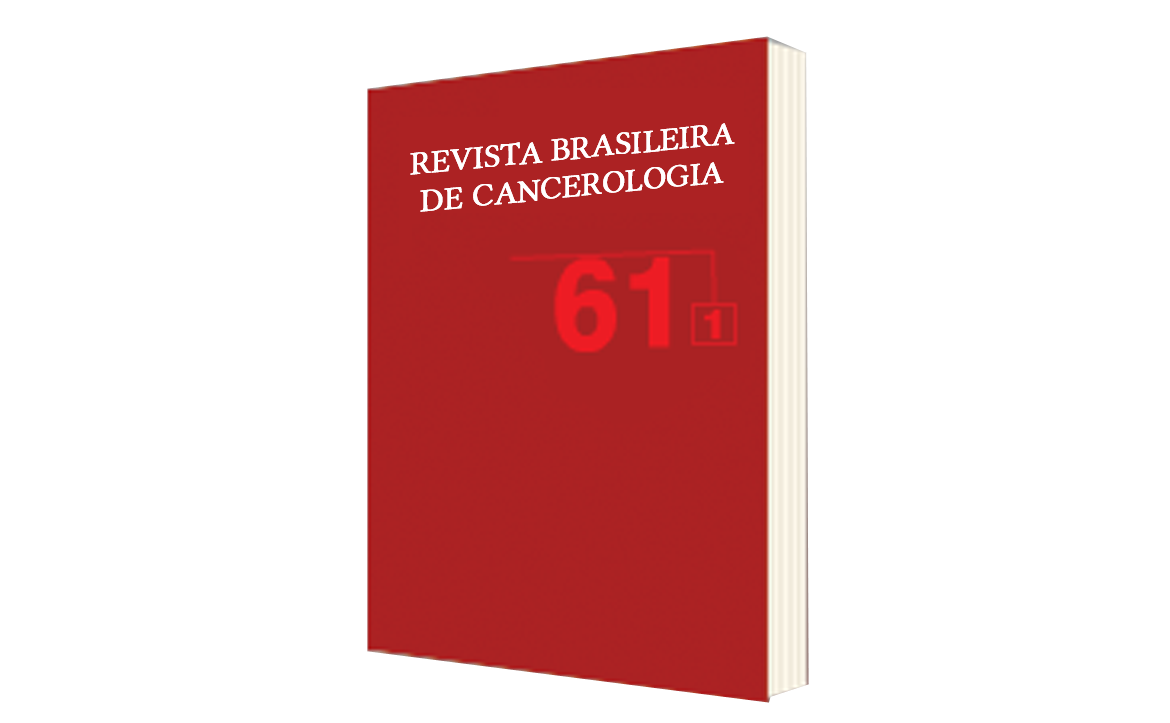Clinical-Epidemiological Differences Between Male and Female Patients Diagnosed with Cutaneous Melanoma in Western Santa Catarina
DOI:
https://doi.org/10.32635/2176-9745.RBC.2015v61n1.357Keywords:
Skin Neoplasms/epidemiology, Melanoma, Epidemiology, Sex Factors, BrazilAbstract
Introduction: Cutaneous melanoma accounts for 4% of skin cancers, and it’s the cause of 80% of deaths from skin cancer. Its incidence and prevalence in Western Santa Catarina are higher than national averages. Objective: To identify the clinical-epidemiological differences between male and female patients diagnosed with cutaneous melanoma in Western Santa Catarina/Brazil. Method: Patients from the West region of Santa Catarina were evaluated between January, 2010 and December, 2013. To collect the data, a protocol adapted from the online system of Brazilian Melanoma Group (Grupo Brasileiro de Melanoma) was used. Results: The data were collected from 253 patients with cutaneous melanoma, among which 62.45% were women. The most prevalent histological type in both genders was superficial spreading. In the female gender there was a higher number of in situ cancers (22.2%); and fewer cases with primary cutaneous ulceration (22.8%) (p=0.02); in addition to lower depth of invasion (44.8%) (p=0.01). Conclusion: In Western Santa Catarina, female patients with cutaneous melanoma have characteristics of primary lesions that result in better prognosis compared to male patients.









